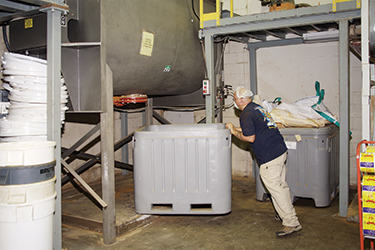 Click to enlarge
Click to enlargeFigure 1: A batch of product is unloaded from the paddle mixer into a 1,500 lb bulk bag that is draped inside a tote bin.
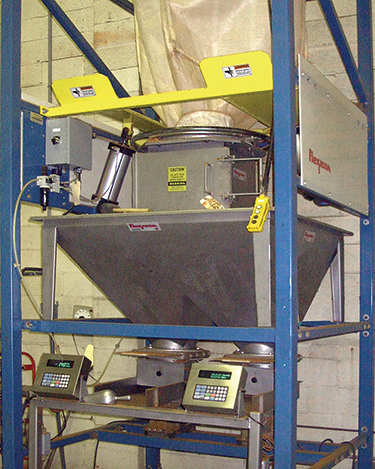 Click to enlarge
Click to enlargeFigure 2: The bulk bag discharger empties a 1,500 lb bag of product into a hopper that feeds two packaging lines.
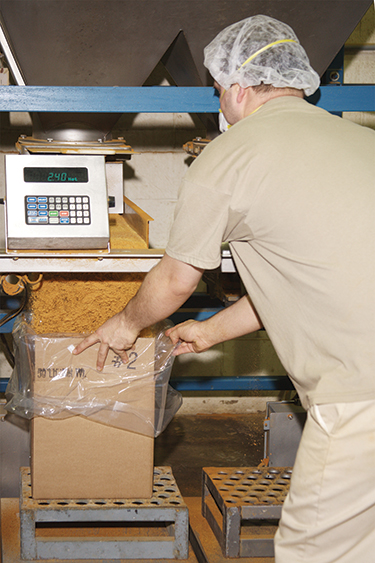 Click to enlarge
Click to enlargeFigures 3 & 4: On the packaging line, product destined for restaurants is loaded into a box by a vibratory feeder trough. An operator removes the box from the scale when it reaches the preset weight.
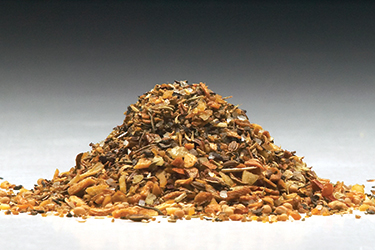 Click to enlarge
Click to enlargeFigures 5, 6 & 7: A sampling of J.O. Spice seasonings - Crab Boil (top), Maryland Crab Soup (center) and Wild Game (bottom).
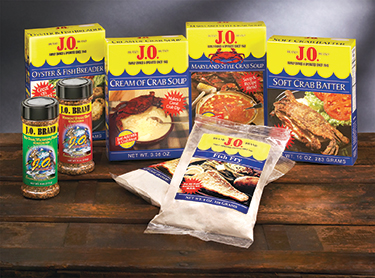 Click to enlarge
Click to enlargeFigure 8 & 9: Some examples of J.O. Spice's retail seafood seasoning products.


 Click to enlarge
Click to enlarge Click to enlarge
Click to enlarge Click to enlarge
Click to enlarge Click to enlarge
Click to enlarge Click to enlarge
Click to enlarge